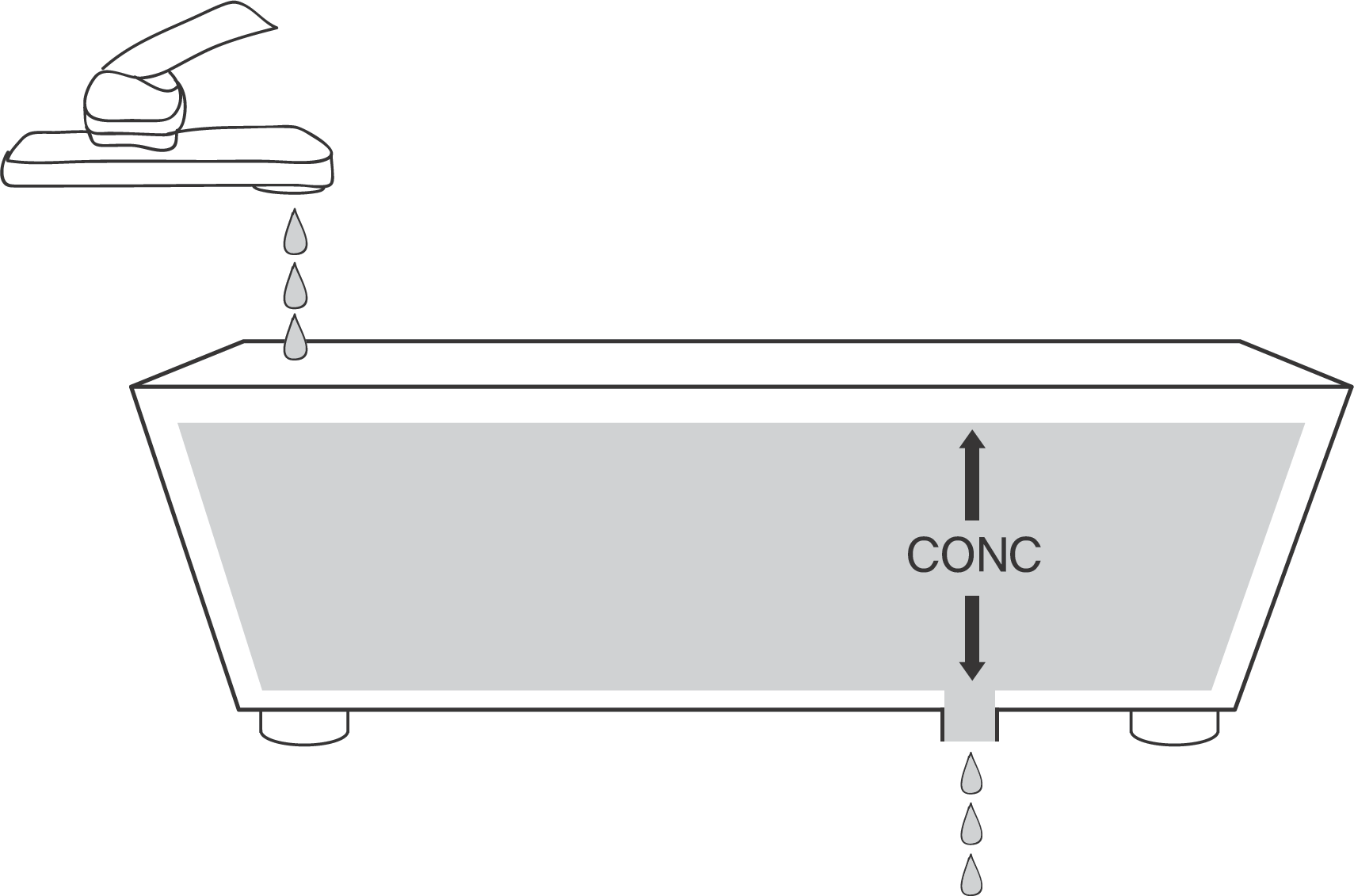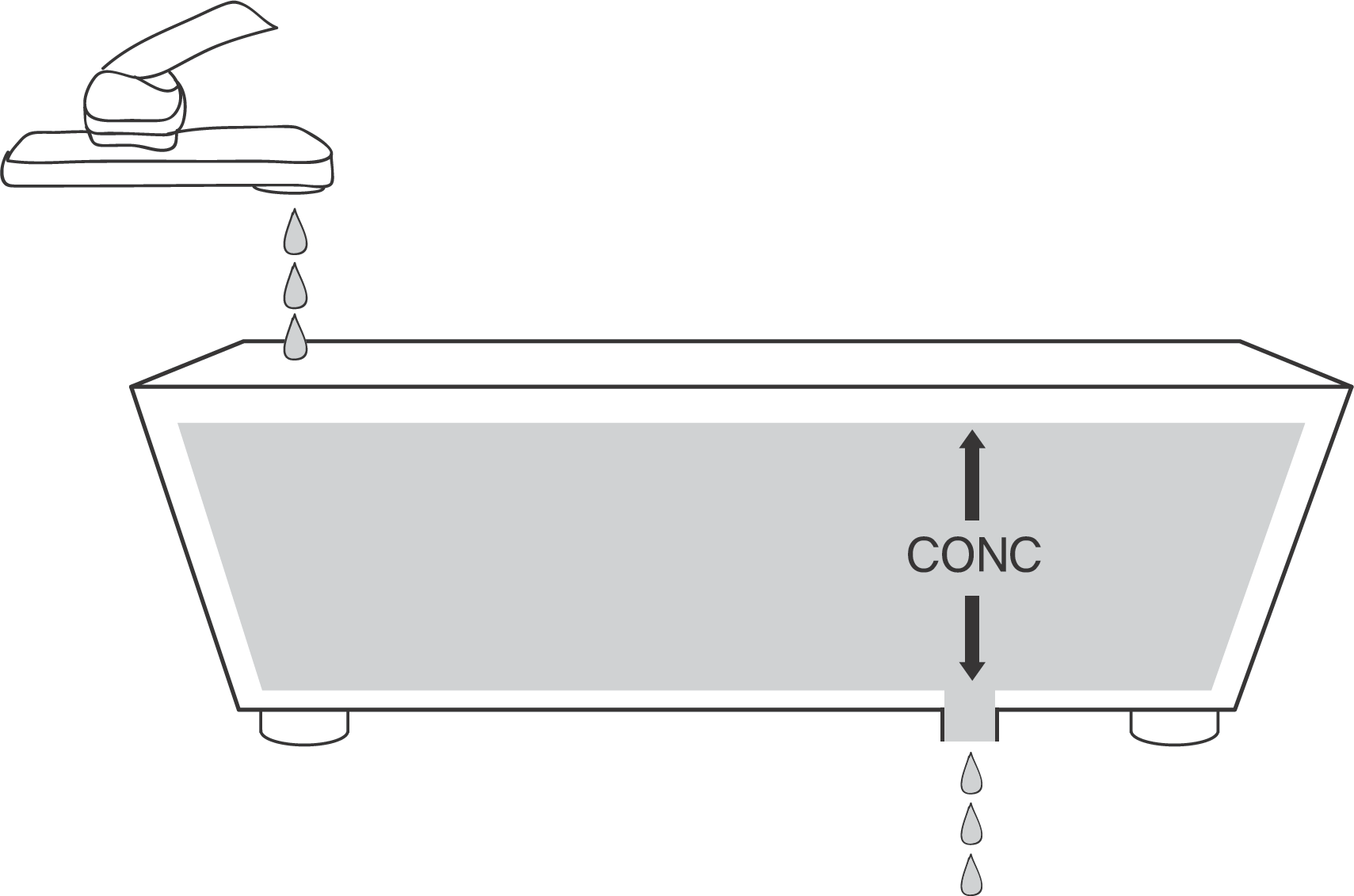Abstract
This tutorial deals with basic concepts of clearance, the most important parameter in pharmacokinetics but often challenging for students in clinical pharmacology. Its relationships with dose, concentration and elimination rate are discussed using a physical model and examples of commonly used drugs, as well as its physiological aspects pertaining to the blood flow to differing organs. Finally, application of clearance to the calculation of maintenance dose rate and half-life is used to show how it is essential in pharmacotherapy and clinical pharmacology.
References
1. Holford N, Black P, Couch R, Kennedy J, Briant R. Theophylline target concentration in severe airways obstruction – 10 or 20 mg/L? A randomised concentration-controlled trial. Clin Pharmacokinet. 1993; 25:495–505.
2. St⊘rset E, Holford N, Hennig S, Bergmann TK, Bergan S, Bremer S, et al. Improved prediction of tacrolimus concentrations early after kidney transplantation using theory-based pharmacokinetic modelling. Br J Clin Pharmacol. 2014; 78:509–523.

3. Lee MG, Chen ML, Huang SM, Chiou WL. Pharmacokinetics of drugs in blood I. Unusual distribution of gentamicin. Biopharm Drug Dispos. 1981; 2:89–97.

4. Marty J, Shaw J, Hunt D. The stability of glyceryl trinitrate tablets during patient use. Aust N Z J Med. 1983; 13:147–150.

5. Ferron LA, Weber JP, Hébert J, Bédard PM. Theophylline concentrations in serum, plasma, and whole blood compared. Clin Chem. 1985; 31:1415–1416.

6. Wikipedia. Order of reaction. 2015.
7. Holford N, Jiang Y, Murry DJ, Brown TL, Gary Milavetz G. The Influence of Body Composition on Ethanol Pharmacokinetics using a Rate Dependent Extraction Model. PAGE. 2015; 24:3405. [. www.page-meeting.org/?abstract=3405].




 PDF
PDF ePub
ePub Citation
Citation Print
Print




 XML Download
XML Download